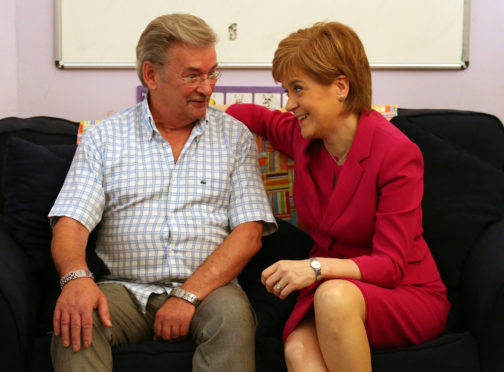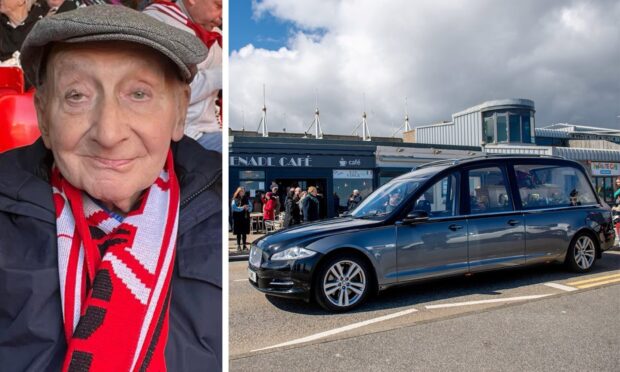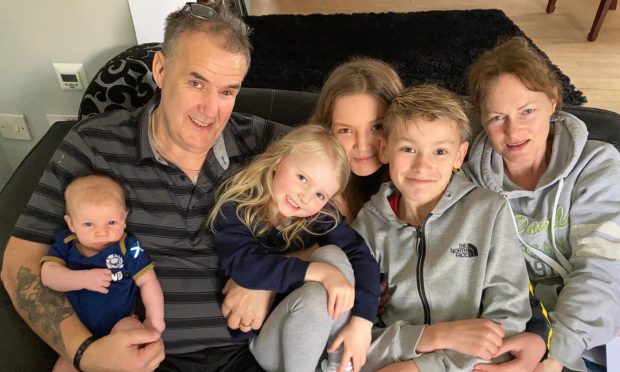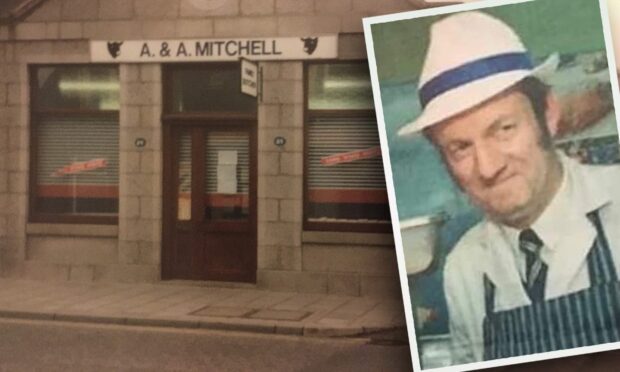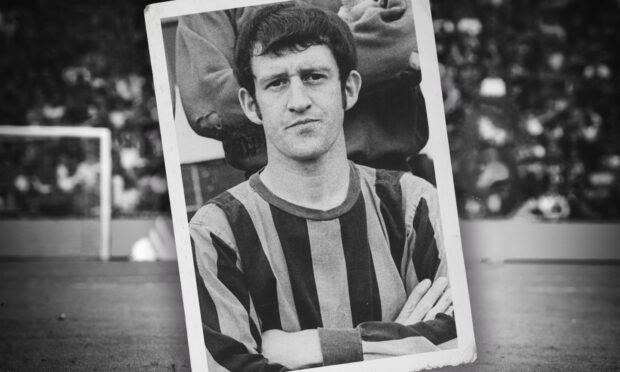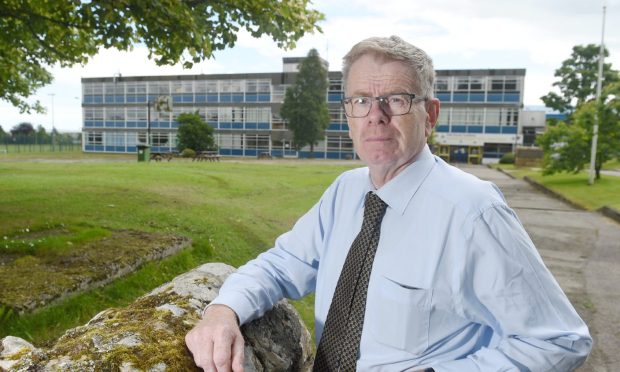Michael Brown’s campaign for a woman’s “right to know” has shaped law all over the world, from Aberdeen to Adelaide.
The tireless Aberdonian activist, who successfully brought about the UK-wide introduction of a scheme allowing women to uncover a partner’s potentially violent past, died on Saturday.
Mr Brown, 76, died at the Royal Hallamshire Hospital in Sheffield, with his family at his bedside, following a short illness.
The former prison officer, originally from Ferryhill, campaigned for the introduction of “Clare’s Law” named after his daughter, Clare Wood, which allows people to find out if their partner has a history of domestic violence.
The 36-year-old mother-of-one was murdered by her ex-boyfriend George Appleton in 2009.
Unbeknown to Miss Wood, Appleton, from Salford, had a history of violence towards women.
He was found dead six days after her murder.
After lobbying politicians and the media, Mr Brown said he was “quietly delighted” about Clare’s Law, or the Domestic Violence Disclosure Scheme coming into force in England and Wales in March 2014.
The scheme enables victims and potential victims to obtain information about a partner’s previous conviction, enabling them to make an informed decision as to whether to remain in the relationship.
It closed a legal loophole allowing violent perpetrators to hide behind data protection law.
Similar initiatives were piloted in Aberdeen and Ayrshire later that year before the Disclosure Scheme For Domestic Abuse was rolled out across Scotland in 2015.
It later became statute in Northern Ireland and is being trialled in Australia and Canada.
Mr Brown’s sister, Carol Whicher, said: “Michael never stopped fighting after he lost his daughter Clare in such horrific circumstances.
“He didn’t want anyone else to suffer the same fate she did and always said if he could save just one person from a life of domestic abuse then his campaigning had been worth it.”
Earlier this year, Mr Brown, who had settled in West Yorkshire, received a British Citizenship award.
He has also been recognised in his home city, and was unveiled in February as one of the city’s “everyday heroes” in a mosaic art installation in Flourmill Lane celebrating the achievements of Aberdonians worldwide.
He described it as a “delight and humbling” to be honoured by his city of birth.
Last night, Justice Secretary Humza Yousaf tweeted a tribute: “Very sad news indeed, Michael Brown’s tireless campaigning has left an incredible impact across the UK.
“Clare’s Law, as it is known, has undoubtedly saved lives and prevented many women from suffering at the hands of an abusive and violent partner.”
